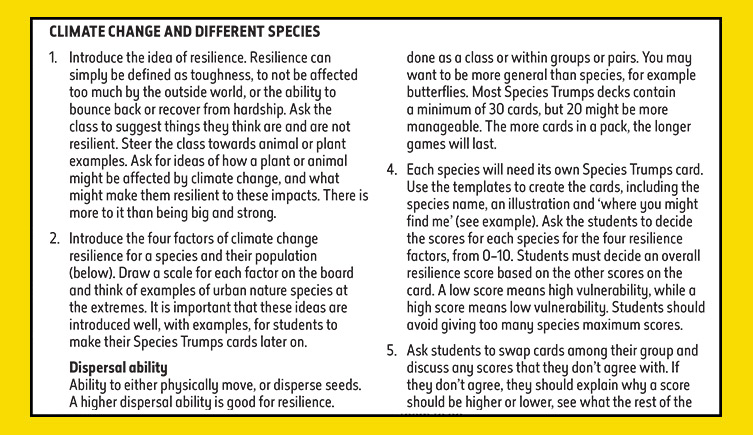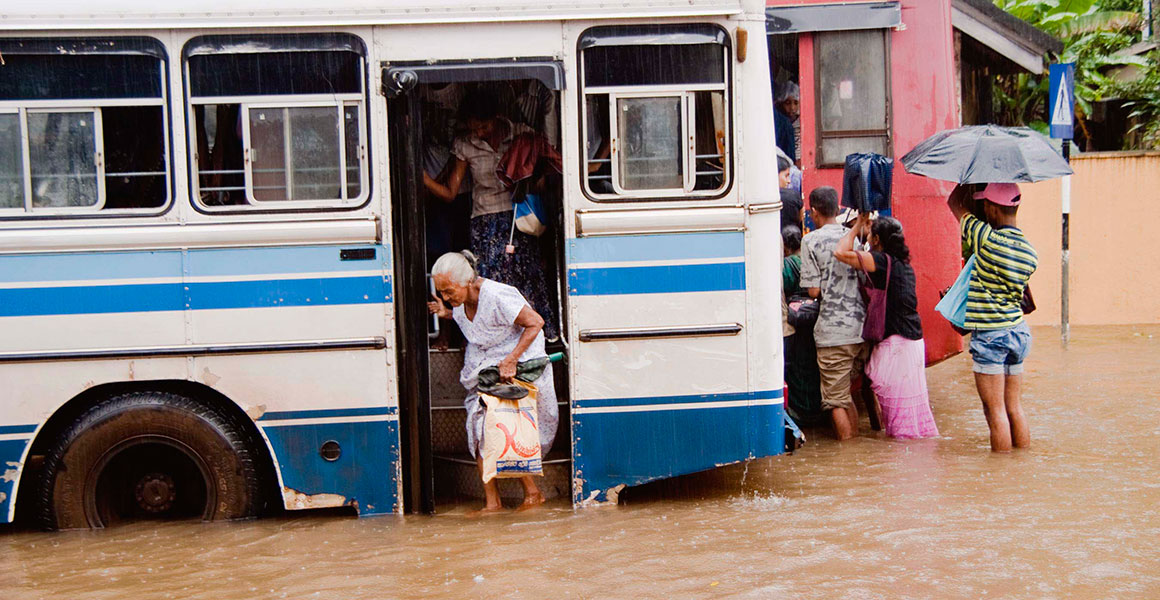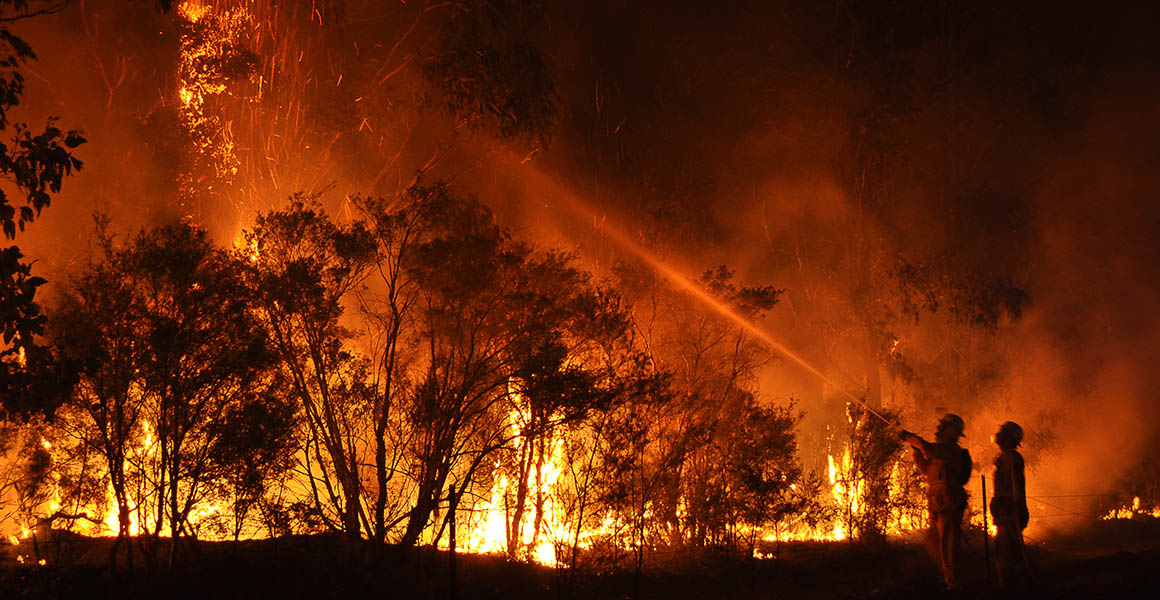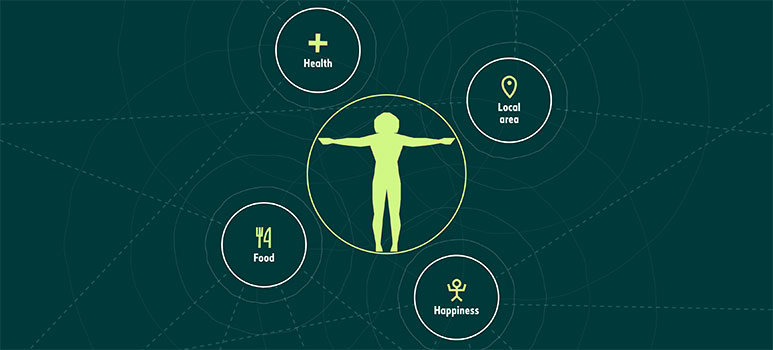Planet Earth
Biodiversity and Interdependence
I understand how animal and plant species depend on each other and how living things are adapted for survival. I can predict the impact of population growth and natural hazards on biodiversity. SCN 4-01a
- Describes how plants and animals depend on each other for food, shelter and pollination, using scientific vocabulary such as ‘population’, ‘community’ and ‘species’.
- Explains the possible effects of removal or addition of species on food webs and biodiversity.
- Summarises research findings to provide examples of structural, physiological and behavioural adaptations which lead to species survival.
Processes of the planet
I can explain some of the processes which contribute to climate change and discuss the possible impact of atmospheric change on the survival of living things. SCN 3-05b
- Explains how the levels of carbon dioxide in the atmosphere have increased over time, for example, through respiration of organisms, deforestation and increased combustion of fuels.
- Draws on supporting evidence, quotes and sources to demonstrate an association between carbon dioxide in the atmosphere and increasing global temperatures as a result of the greenhouse effect.
Third Level Scientific Skills
Scientific Analytical Thinking Skills:
- Applies scientific analytical thinking skills, with increasing independence, working with less familiar and more complex contexts.
- Demonstrates further development of creative thinking including through the engineering processes of design, construction, testing and modification.
Skills and Attributes of Scientifically Literate Citizens:
- Expresses informed views about topical scientific issues, including those featured in the media, based on evidence and demonstrating understanding of underlying scientific concepts.






